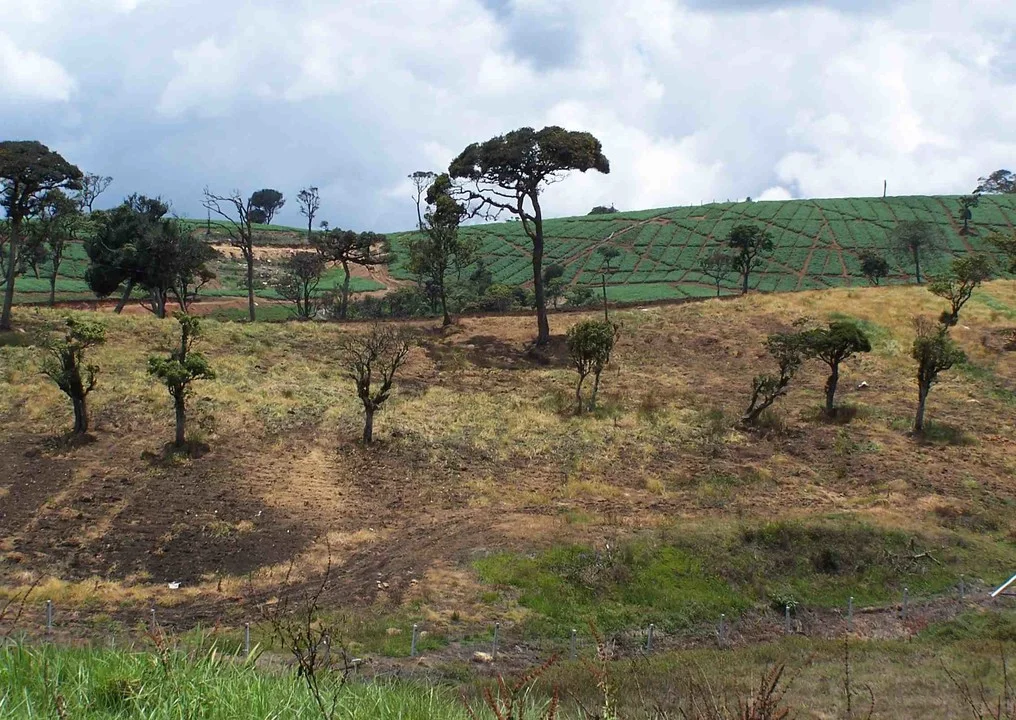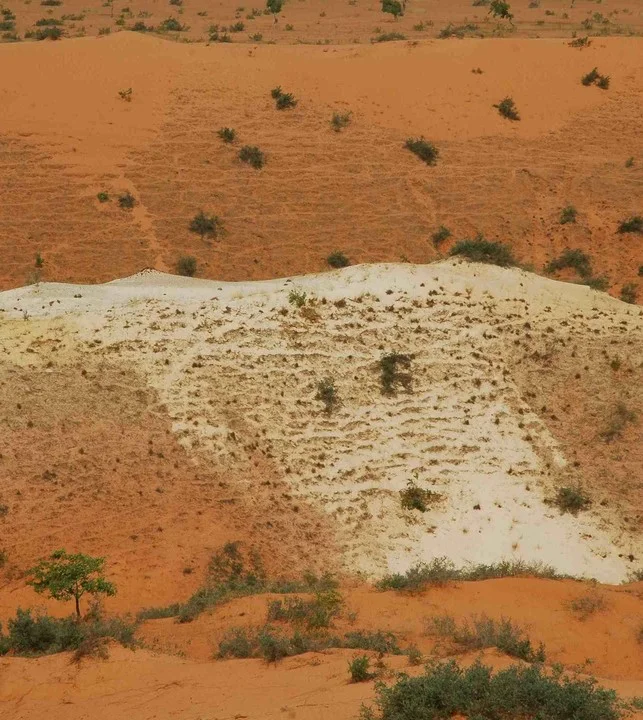Today is the 90th birthday of Fidel Castro who “gave leadership to “a small country which has for almost fifty years refused to relinquish its national sovereignty to the greatest superpower on the planet” (Ramonet). Sri Lanka is the opposite,” a small country which has for almost fifty years worked to relinquish its national sovereignty (for loans) to any superpower on the planet”. The most fundamental cause was the linking of ‘development’ to the consumption of fossil energy. Thus Sri Lanka is a classic case study on how to become addicted to external inputs and loose independence.
In Sri Lanka, in December 1979, an official communiqué was issued by the Government and displayed in the nation’s newspapers stating, “No oil means no development, and less oil, less development. It is oil that keeps the wheels of development moving”. This defines with clarity what is to be considered development by the policy makers of that Nation. Here was a fundamental and fateful decision that cast a deadly policy framework for the nation. The energy source that was to drive the national economy would be fossil. The increasing addiction to fossil fuels (Coal, Oil, Gas ) is clearly seen in the growth of oil and gas imports. Even today, that same policy framework and its adherents continue. The public discussions on the irrationality of clinging to coal, oil and gas for the development of our power needs in the face of the modern technologies, clearly demonstrate serious flaws in the current energy policy.
After the heat energy of biomass used for the hearth and local industry, electrical energy is the fundamental force that drives modern civilization. While the sources of this energy were many, the political/industrial nexus ensured that the energy source was restricted to fossil fuels. The planetary crisis with climate change has forced us to look at developing technologies that have reduce our reliance on fossil fuels as source of energy to generate electricity. Today there is a choice of from a multitude of other sources, hydro, solar, wind, bio, tidal etc. All of them being ultimately driven by the power of the Sun.
With such developments the old arguments that ‘economies need to industrialize in order to reduce poverty, but industrialization leads to emissions’ rings hollow. Industrialization, if so desired, need not lead to emissions, if modern technologies are used and a caring government is in place. A vision of development based on the profligate use of fossil fuel, may never be attainable. However a vision of power for our homes and industry based on ‘renewable’ sources of energy is attainable . Indeed one indicator of ‘development’ could be ‘the per capita consumption of power’ if that consumption of power is non fossil in generation. Such a move will ensure that sustainable development goals could be reached .
The consumption of power is a double-edged sword. While it will improve the quality of life, it will like a drug, create dependency on that level of input to maintain that quality of life. This relationship has been exploited by politicians and salesmen to promise an increasing supply of power, without considering the cost to the future. To a nation that is rapidly modernizing, there is a great danger of investing in fossil fuel dependent infrastructure and centralized, energy production.
It is commonsense that, as the demand accelerates and price increases, fossil energy based power production will move to cheaper ever more problematical, and polluting sources such as coal or high sulphur oils.
The fact that all fossil fuel dependent countries are in deep trouble is indicated by two trends. One is that the cost of fossil fuel is a driving factor of inflation . The other is that, in a warming world, the call for punitive taxes on the use of fossil fuel will get stronger with each climate crisis. At such a time, if development policy focuses on fossil energy based acquisitive consumerism, there lies a recipe for ‘the perfect storm’ of debt, suffering and despair, in a resource hungry world.
For all the commitments on paper, the inequality of health, wealth and trade the world over, continue to rise. The ethic of ‘He/She who consumes the most is the best’ still rules the world and propels us, blindly, to a frightening future. Commenting on the bright displays of advertising lights of consumerist London 1920, A.M. Hocart Ceylon’s Archaeological Commissioner observed that, “ Every one of them has been placed there in chaotic confusion by a cold calculating purpose. Each one is designed to make a gaping crowd desire what they never dreamt of desiring before and what they had been perfectly happy not to desire. It is intended to destroy that happiness and take away from the soul its rest until it has satisfied the newborn desire.” The creation of desire as development, not slowed any and inequality not lessened. It is this model of development has brought us to this precarious present.
Develop we must, but cautiously – with the full awareness of the long-term consequences of each processes. Development must be determined by protecting the fundamental rights of the people and of the future generations. Clean air, clean water, access to food and freedom from intoxication, are some of these fundamental rights. Any activity that claims to be part of a development process must address these, among other social and legal fundamental needs.
The energy that propels such development process must come from non fossil sources and as it has been amply demonstrated the generation of electricity does not depend on fossil fuel.
The energy used in electricity generation is one half of the energy trap, the energy used in the production of our foods, fibre and medicines is the other.
Agriculture
Much has been written about the pros and cons of ‘modern agriculture’ the focus always being on the levels of crop production or on the ‘feeding the hungry’. Irrespective of the global scandal of feeding much of the crop to livestock and industry, when people still go hungry. It is salutary to examine the basis of the crop increase gained by the so-called ‘Green Revolution’. The natural defences and modes of feeding of the plant have been done away with, these needs now being supplied by the farmer through the use of fossil fuels. Competition and predation by pests are taken care of by chemicals and the roots and shots made small so that there will be much energy left over for seed production. Traditionally ‘improved’ seeds perform well without such high fossil based inputs, but a problem with modern agriculture is that farmers are forced to use ‘modern’ varieties and methods where increases in productivity are only made possible by a high input of fossil energy.
The ecological impact of increasing energy input into a system has been well documented. In any ecosystem an increase in the flow of energy tends to organize and simplify that ecosystem, with the destruction of many homeostatic mechanisms of the original system. Field studies on identified ecosystems at various levels of organization have confirmed the loss of original stability following a large influx of energy into those systems. A good example is provided by experiments which looked at the effects of sewage (as an energy source) as it was added to a stream whose biotic composition was known. The effect was to drastically reduce the number of species in the original community, producing a new community made up of large populations of very few of the original species. In studies of insect communities, Pimentel has shown that pest outbreaks are characteristic of systems with lowered species diversity. The application of fertilizer or the use of mechanical energy in a field situation produces the same ecological effects.
An increase in the input of energy to an ecosystem often provides a useful measure by which ecosystem modification can be addressed. Thus in a heavily energy dependent agricultural system the natural or biological system has been dispensed with and an artificial environment has been created to allow production (fig 1) . Such a system of production is sustainable only as long as the inputs are provided , it also raises many biological questions, for this system is clearly not sustainable in a biological sense. It also raises economic questions, especially in regard to input costs and subsidies. Further, this process has been demonstrated to be increasingly dependent on a steadily increasing quantum of energy input to produce a unit of output. It is estimated that for US agriculture over twice the amount of energy gained by eating a potato, is used to produce it using fossil energy. The dependence on fossil energy for food production in Sri Lanka is so bad that agricultural productivity is being maintained through a subsidy payment for chemical fertilizers of over 60 Billon Rupees annually. When the demand for tractors, transport and processing, all based on fossil energy keeps increasing, the fossil carbon footprint of the food we eat will also enlarge.
So, much the same as in the area of power for the generation of electricity, power to ensure sustainable food production has also fallen prey to fossil fuel. It is in this context that we should examine the role of fossil fuels in today’s development vision.
What are the assumptions and costs ?
“It is oil that keeps the wheels of development moving” says the Government of Sri Lanka who have no oil of their own and has to depend on imports for every drop.
“Oil represents the spirits of the dead, to ask it for power you sacrifice your children” Says the Shuar, an Amazonian tribe under whose feet lie reservoirs of oil that they will not allow drilling for.
Indeed, the reality of climate change and acceleration of development diseases would seem to justify the concern of the Shuar that , “to ask it for power means sacrificing the future of our children”. Are the unlettered Shuar more sensitive to global needs than the Government of Sri Lanka ?
The bottom-line question is “ Is the current development policy increasing the national dependency on fossil fuels ? “. If the answer is yes, and everything we see about us seems to confirm that reality, we are being herded into an ‘Energy Trap’ where we will become totally reliant on fossil fuels to sustain our society. Not the way to develop into an independent nation !
The price of addiction is a neglect of the well being of the public , in pursuit of power. In the rush to establish, dirty coal fired power plants, they have been sited where the maximum damage to public health and our national heritage will be wrought. Perhaps India’s experience with coal-fired power plants (table 1) will make us think twice.
Table 1. Estimated annual health impacts and health costs due to PM pollution from coal-fired power plants in India, 2011-12
a – one crore = 10 million
b – using conversion rate of 1 USD = 50 Rupees







